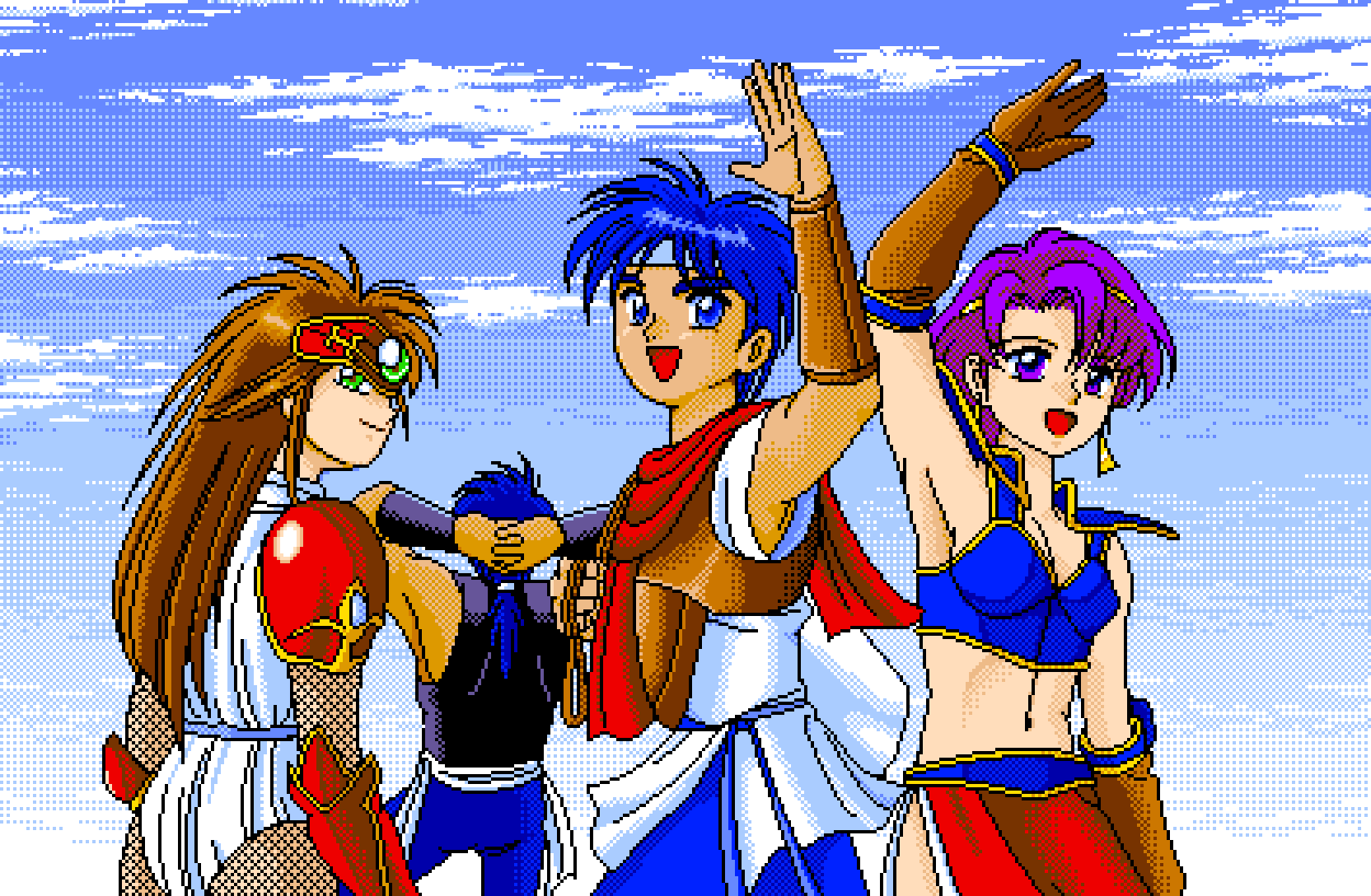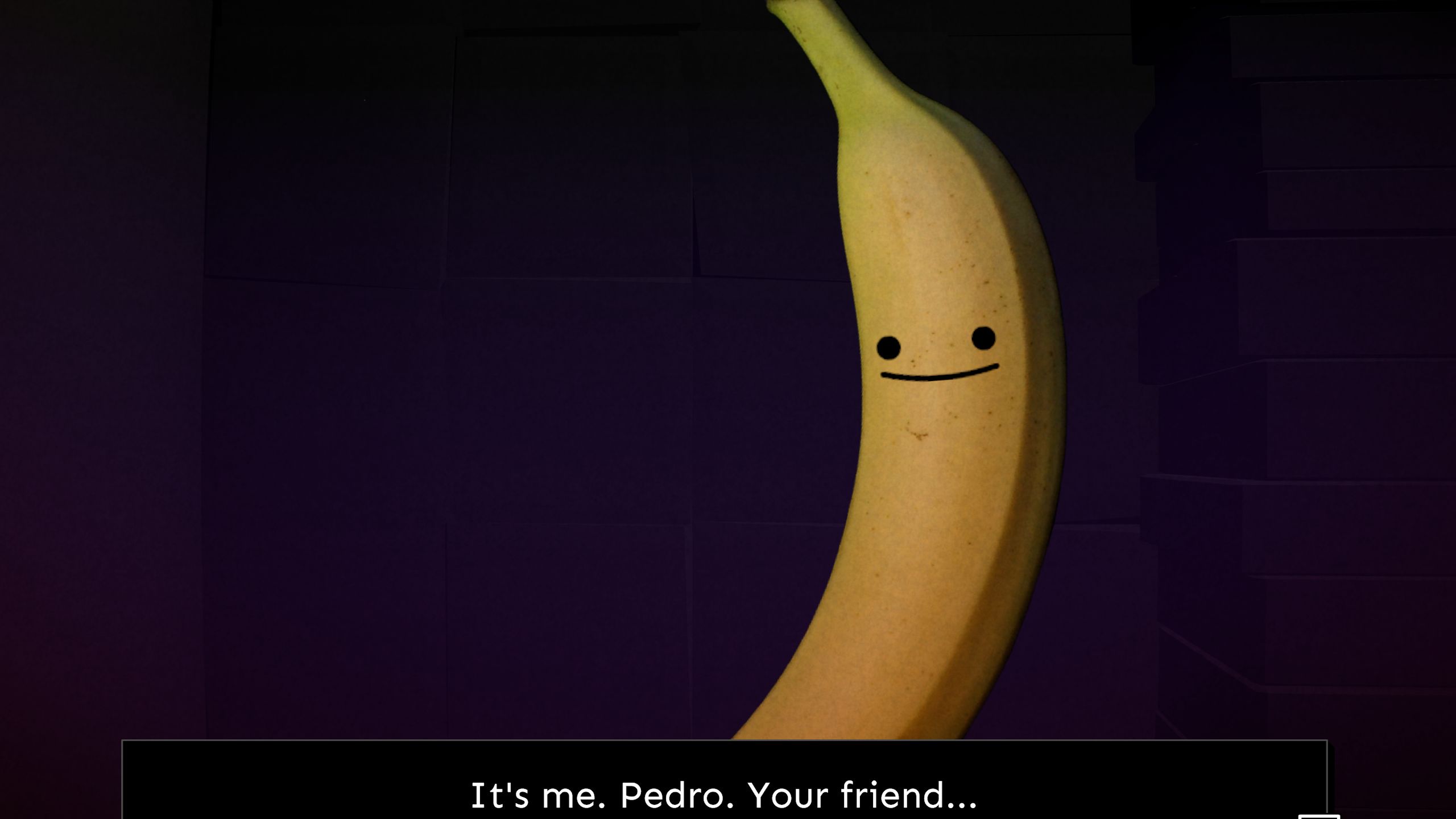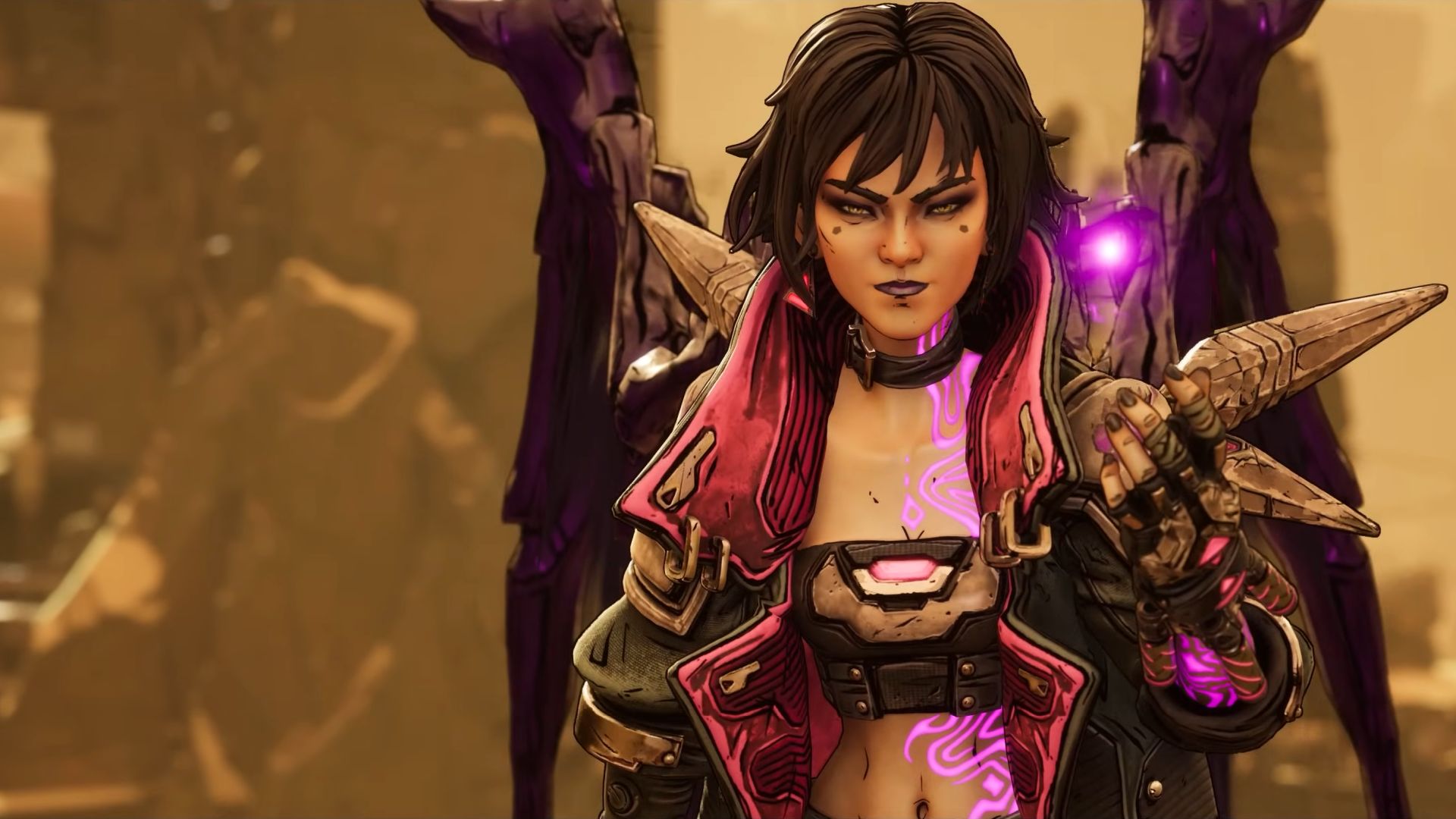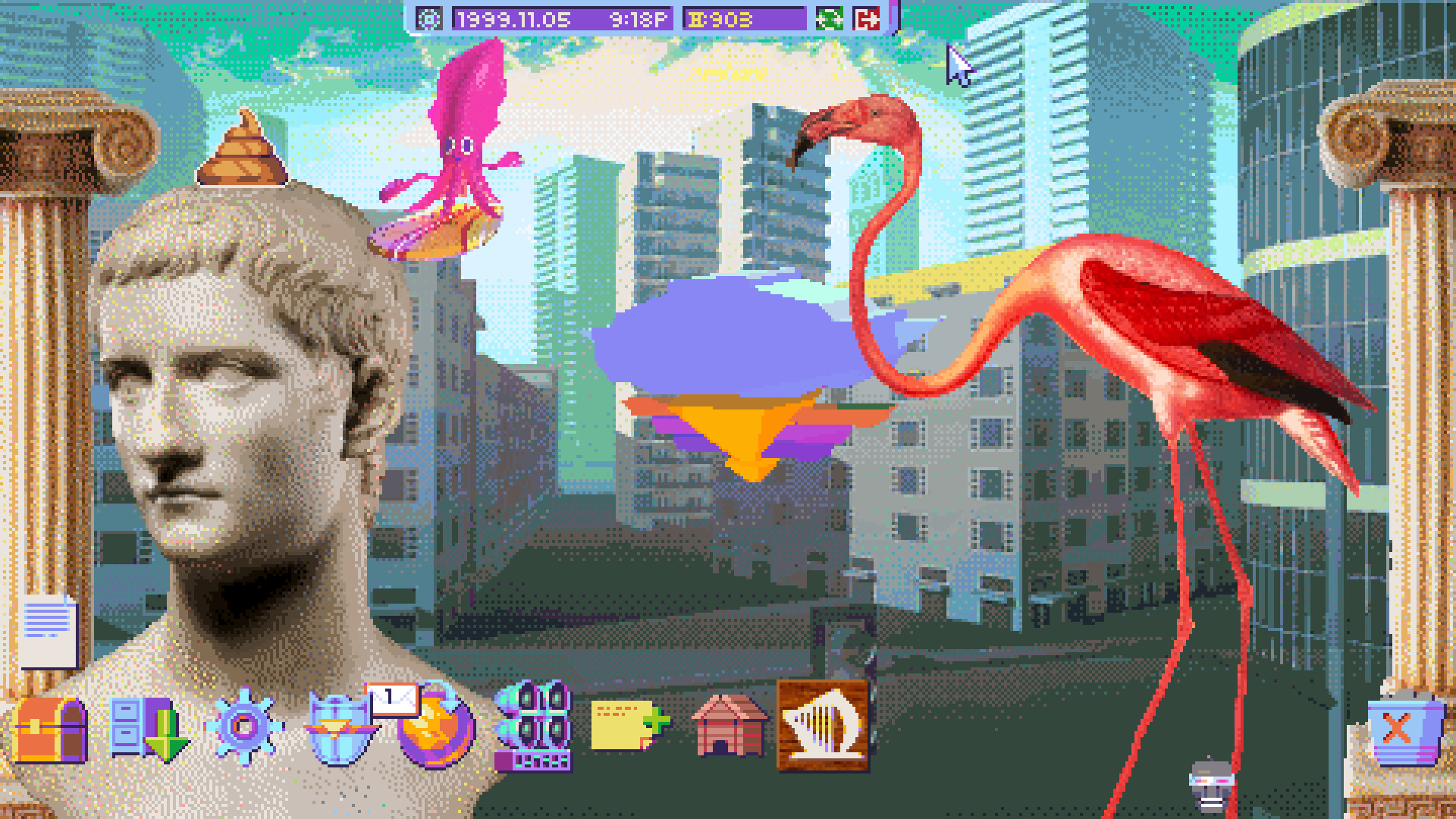
This PC-98 dungeon brawler took a look at Street Fighter 2 and decided to give it a shot... and basically pulled it off.
Pasokon Retro is our regular look back at the early years of Japanese PC gaming, encompassing everything from specialist ’80s computers to the happy days of Windows XP.
Developer: Technical Group Laboratory, Inc.
Release date: March 1992
Platform: PC-98 (Image credit: Technical Group Laboratory, Inc.)
At a glance Sword Dancer looks like just another early ’90s RPG: it’s got the tiny sprites, the restorative herbs, the magic gems, the innocent girl you must rescue from some evil person in a flappy cape… and then you get into a fight. The neat lines of allies and enemies are mysteriously absent, as are the menus to scroll through for spells and even the traditional turn system too. Instead you’re thrust into a one-on-one fight with health bars and special moves, expected to slide-kick and jump-stab whatever monster’s standing on the opposite side of the screen.
Why did TGL ditch something so central to the RPG experience? We may never know for sure, but considering the game’s release date the answer probably has something to do with Street Fighter 2. At the time Capcom’s fighting game was a global phenomenon on a scale that hadn’t been seen since Space Invaders. It would make perfect sense for a developer to try and integrate that winning formula into their own work, proving to existing fans they could move with the times and hopefully draw in some of the fighting game money along the way too.
It’d also make perfect sense for any game that tried to mix two very different genres together to swiftly fall apart at the seams too: one typically demands users sit down for extended periods of time, soaking up the story and worrying about giant sewer rats, while the other wants you to pick someone muscular and then punch another burly person in the face for 90 seconds or less.
Incredibly Sword Dancer, created exclusively for an old Japanese computer that really wasn’t designed for this sort of thing, manages to pull this unlikely balancing act off, the action side of the game just one well designed half of a cohesive whole rather than a cynical zeitgeist-chasing gimmick. Every member of your four-person party has their own fully featured moveset, including crouch attacks, blocks, and magical projectiles, every individual punch and swipe reflecting their personalities and specialisms.
Fights are fast and furious affairs, with weighty reactions to heavy blows and convincing collision detection making every loss feel fair. Over time these clashes reveal hidden depths: aerial throws can’t slam flying monsters into the ground. Projectile attacks do chip damage—always useful when you’re up against a skeleton holding a skeleton-sized shield. Some enemies like to grab characters if they get too close while others are able to bounce off the sides of the screen or like to attack from afar. Whoever you’re up against, from the smallest slime to the tallest axe-chucker, every opponent has to be dealt with as an individual if you want to win. In a nod to the game’s RPG roots Sword Dancer’s cast do level up over time, although a skilled player will always win more often than a thoughtless but powerful one.
Conveniently compact towns keep the story focused (Image credit: Technical Group Laboratory, Inc.)
Fights can happen anywhere—even under the sea (Image credit: Technical Group Laboratory, Inc.)
Killer electric mushrooms should be approached with caution (Image credit: Technical Group Laboratory, Inc.)
Outside of battle it’s the sort of RPG that doesn’t mind instantly warping you back to wherever you need to be as soon as you’ve cleared a dungeon, or automatically restoring your health for free between an unexpected string of battles: anything that’s going to keep the rhythm going and help your own experiences mirror the can-do attitude of the game’s heroes is fine by Sword Dancer—if it’s not exciting, then you don’t have to do it.
This “action hero” train of thought even extends to the game’s various puzzles and obstructions, the game eager to set block-hopping challenges in an underwater cavern or lock a building’s door while leaving a conspicuous chimney sitting on the roof, practically begging for you to jump into it. A gigantic cave-blocking boulder isn’t something to chat to the nearby town’s leader about before being sent on a boring quest to find explosives halfway up a mountain, you just shove the rock out the way and carry on.
Even death is handled in this same breezy manner. Fatal encounters come thick and fast here—that bottomless abyss between two platforms, the enemy who hits like a truck—but they never become a problem because the game will always whisk you back to the beginning of the last small area you were in if you fail: it’s even generous enough to make a distinction between the start of a dungeon, a tricky jumping segment midway through a dungeon, and the final boss room. You’d still rather not die because you do lose whatever progress you’d made between your checkpoint and your demise, but it does mean you’ll see a slobbering demon and instinctively lunge in sword-first instead of cautiously hanging back for fear of losing an hour’s progress.
Someone wasn’t expecting a goodnight kiss! (Image credit: Technical Group Laboratory, Inc.)
Well timed attacks are the key to success (Image credit: Technical Group Laboratory, Inc.)
Progress often relies on arcade-like reactions (Image credit: Technical Group Laboratory, Inc.)
Sword Dancer avoids all of the usual pitfalls found in this sort of experimental genre mashup because it knows how to make the strengths of its mismatched halves enhance each other. The action is as intense as it is brief, aware that expecting a fighting game’s level of concentration over the length of a standard RPG would feel exhausting, rather than entertaining. The game’s willingness to whisk you directly to wherever you need to be ensures you’re always right at the heart of the action, and the frequent conversations between the main cast are used as much to bring clarity to a suspicious trick in a strange tower or provide direction when everything seems to be getting a little fuzzy as they are to discuss worries about missing friends or impending doom.
Using cutscenes as bookends to major location-changing events gives the adventure a sort of Saturday morning cartoon feel to it, parcelling a colourful adventure up into easily digestible chunks, each with their own setup, twist, and climax.
It’s got the sort of energy and player-centric forward thinking we praise modern streamlined examples of the genre for, the big budget ones with their hybrid “active battle” systems and welcome focus on putting your own experiences at the heart of the story—the only difference is Sword Dancer had already made the leap over thirty years earlier.



